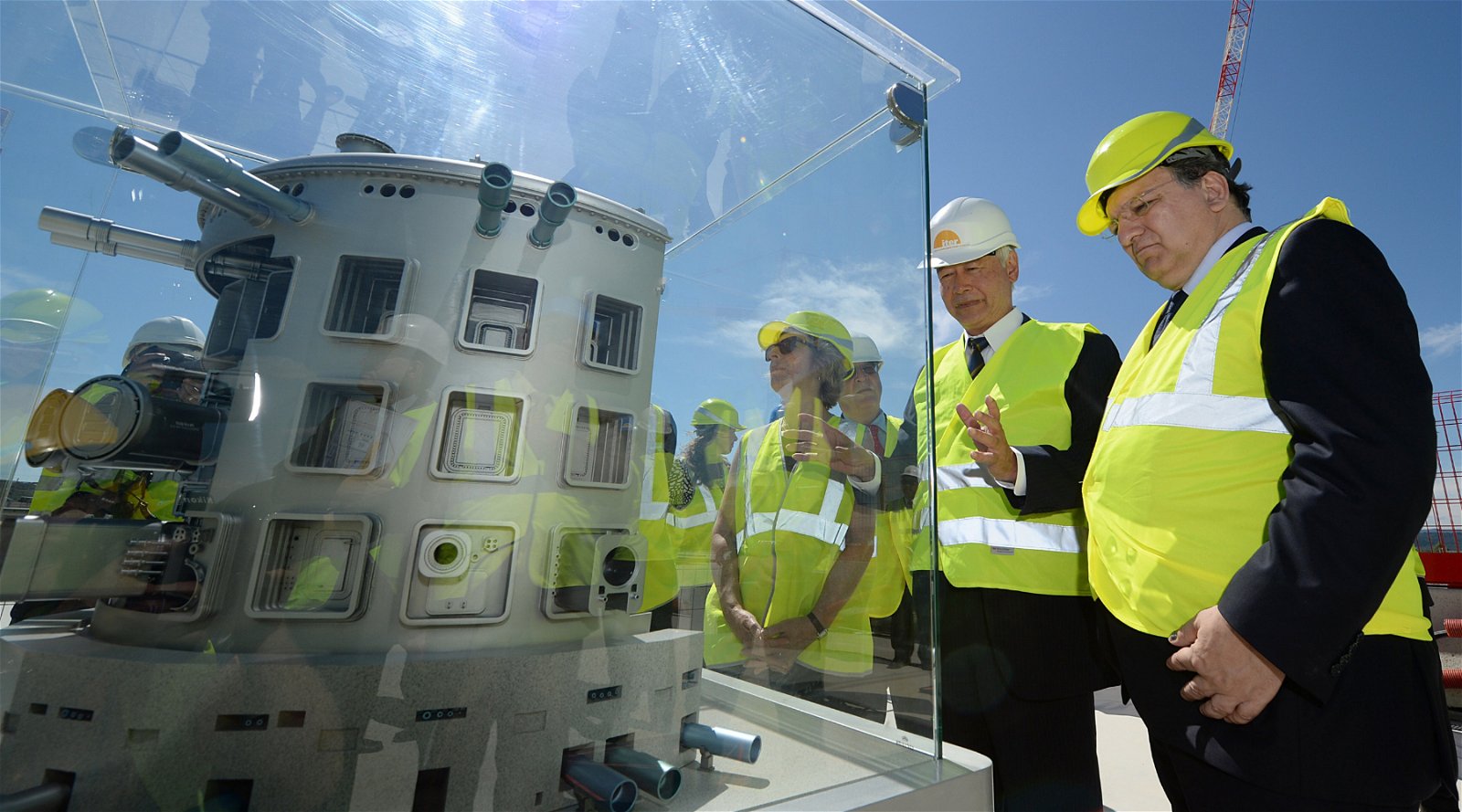Scientists hope that nuclear fusion reactors will become the holy grail of energy production in the coming decades. By fusing hydrogen nuclei in a reactor, an enormous amount of energy is released, and no radioactive waste is produced. But to further develop the technology, a number of experiments still need to be carried out. And that threatens to consume the global supply of tritium, a rare isotope of hydrogen that is crucial for nuclear fusion, before the technology is ready to go to market.
In February, European scientists announced a breakthrough for the development of nuclear fusion when the Joint European Torus (JET), an experimental fusion reactor in England, produced some 59 megajoules of energy during a five-second reaction. This more than doubles the previous record of 22 megajoules, which dated from 1997.
While that experiment still required more energy than it produced, the scientists involved in the project believed it was nonetheless a major step forward. According to Fernanda Rimini, one of the researchers involved in the project, the successful experiment means that the next major experimental fusion reactor, the International Experimental Reactor (ITER), will most likely be able to run past break even. That is the point at which a reactor produces more energy than is needed to get the reaction going.
ITER is a huge project. The reactor, which has been under construction in the south of France since 2007, will hopefully start in 2025 with the first experiments. Ultimately, scientists hope to initiate reactions with a capacity of more than 500 megawatts: no less than 40 times the JET reaction. In addition, they expect to produce up to ten times more energy than the amount needed to get the reaction going. However, ITER will not until 2035 running at full power, after which years of experiments have to be carried out.
A global shortage of fuel for nuclear fusion threatens
Even if ITER proves successful, it could well prove a pyrrhic victory for nuclear fusion supporters. After all, ITER, JET and other nuclear fusion reactors work by fusing two isotopes of hydrogen atoms, deuterium and tritium. When those nuclei are fused, helium is formed, releasing very large amounts of energy.
Deuterium is basically a hydrogen atom with one extra neutron in the nucleus. About 1 in 5000 hydrogen nuclei in the oceans are deuterium atoms, which ensures that there is in principle a quasi-infinite supply available. Moreover, nuclear fusion would be so efficient that one liter of water from the ocean the same amount of energy could produce like 300 liters of oil.
However, the shoe pinches when tritium comes into play. That much rarer isotope of hydrogen, which contains two neutrons in the nucleus, only exists in very small amounts in the upper atmosphere in nature. Certain nuclear reactors also produce tritium as a by-product, but most do not collect it.
According to Science.org commercial tritium production is limited to just 19 Canada Deuterium Uranium (CANDU) reactors, each producing about 0.5 kilograms of tritium per year. produce† In addition, half of those reactors would be shut down by the end of this decade. As a result, the current stock of tritium – about 25 kilograms – could soon run out.
It is expected that ITER will use about a kilogram of tritium each year during its experimental reactions. In addition, a number of start-ups also started developing the technology. As a result, very little tritium would remain once the technology is mature enough to be marketed.
Nuclear fusion itself could be the solution
While the supply is far from assured at the moment, researchers hope that will change once nuclear fusion reactors get underway. For example, during the ITER project, investigatedt how tritium can be ‘grown’ in the reactor itself. After all, the fusion reaction between tritium and deuterium releases neutrons, which sometimes escape the plasma in the reactor chamber at high speed.
By covering the inner wall of the reactor chamber with lithium, scientists hope that those neutrons will collide with it, which could produce tritium. Lithium, which is also used in batteries, for example, is relatively common, so scientists hope that nuclear fusion reactors can provide a virtually unlimited source of tritium.
For the time being, it remains to be seen whether growing tritium works in practice. Until now, the concept has never been tested in practice, so the future of nuclear fusion technology remains uncertain for the time being.
(jvdh)
–


